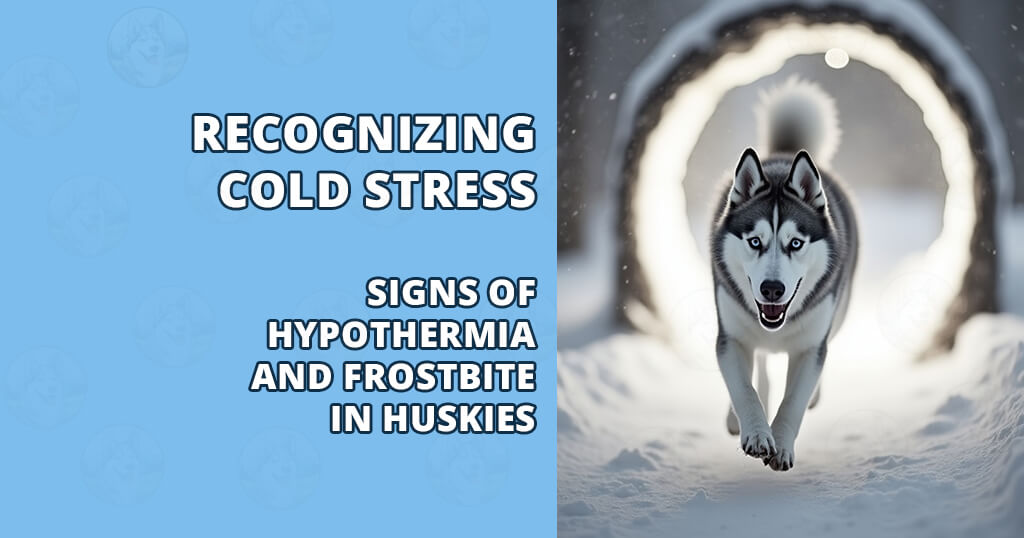Understanding Winter Shedding and the Line Brush Advantage Winter can be a magical season with occasional blizzard of loose fur floating across the living room. Pets do not read calendars, they shed based on light, temperature, and health. That means winter shedding often ramps up when indoor heating kicks in, and for many homes, this is when grooming routines get truly tested. If traditional brushing feels like bailing out a…
Why Winter Walk Safety Matters for Paw Protection, Traction, and Visibility Winter looks magical on postcards, but real sidewalks can be a confusing mix of icy patches, slush, and reactive drivers with foggy windshields. Add a dog tugging toward the nearest snowbank, and you have a scene that is more action movie than cozy stroll. The good news is that winter walk safety is not complicated once you understand the…
Autumn, Huskies, and the Food Question Leaves tumble, temperatures dip, and suddenly your energetic Husky looks a little hungrier than usual. Should food portions go up in autumn, or is that an easy path to holiday weight gain? Here is the deal: Huskies are built for cold weather, but modern lifestyles vary wildly. Some Huskies sprint joyful zoomies in crisp air, others lounge near a heater after a shorter evening…
Why Fall Is Prime Time For Husky Adventures Cool mornings, crunchy leaves, and wider trails before winter arrives, autumn is a sweet spot for any Husky. The season brings lower temperatures that match a Husky’s natural comfort zone, plus new scents, textures, and sights that keep a curious mind engaged. If summer turned your high energy partner into a professional napper, fall wakes that spirit up fast. Huskies thrive on…
How to Recognize Cold Stress Huskies look like they were made out for winter, with thick double coats and a reputation for thriving in the snow. Still, even snow pros can run into trouble. Prolonged exposure to freezing temperatures can lead to cold stress, which includes both hypothermia and frostbite. Recognizing the early warning signs, knowing how to respond, and preventing problems before they begin can make all the difference…
Let’s Talk about Huskies and the Cold-Weather Energy Surge Cooler weather arrives, the breeze gets crisp, and suddenly a Husky looks like it just discovered an unlimited energy subscription. The pacing starts, the eyes sparkle, and those famous zoomies appear with astonishing intensity. If that sounds familiar, you are seeing the cold-weather effect on a breed built to work in frigid climates. This guide unpacks why Huskies become so lively…
Why Autumn Nutrition Matters for an Active Husky Autumn flips a switch for many Siberian Huskies. Cooler mornings invite longer runs, crisp afternoons spark playtime sprints, and the first hint of frost seems to turn every leaf pile into a race course. An active Husky thrives in fall, but that seasonal energy boost comes with specific nutritional needs. Dialing in a smart fall diet keeps stamina high, coat glossy, joints…
Early Signs of Seasonal Allergies in Huskies Seasonal sneezes, itchy nights, and a fluffy coat that turns into a pollen magnet, sound familiar? Huskies can be strikingly sensitive to the changing seasons, and those early signs of seasonal allergies can look deceptively minor at first. Catching them early makes all the difference. Timely action reduces flare-ups, protects skin and ears, and keeps energy high for those famous zoomies. This guide…
Vet-informed strategies for protecting your Husky’s paws Wet leaves look harmless, even charming, when they blanket sidewalks in autumn. Mud, meanwhile, is a Husky’s invitation to zoomies and creative floor art. Yet, for those gorgeous snow athletes, soggy leaves and sticky mud can be real trouble for their feet. Slippery surfaces, trapped debris, lingering moisture, and microbes can turn a lovely walk into a sore paw situation. The good news…
Autumn Is Prime Time for Fleas and Ticks Cool mornings, crunchy leaves, long golden walks, autumn feels safe, right? Unfortunately, fleas and ticks did not get the memo. They thrive in fall, and in many regions they become more active as temperatures drop from summer highs. If you have ever found a tick after a chilly hike or seen a pet scratching in October, you already know the secret, parasites…










